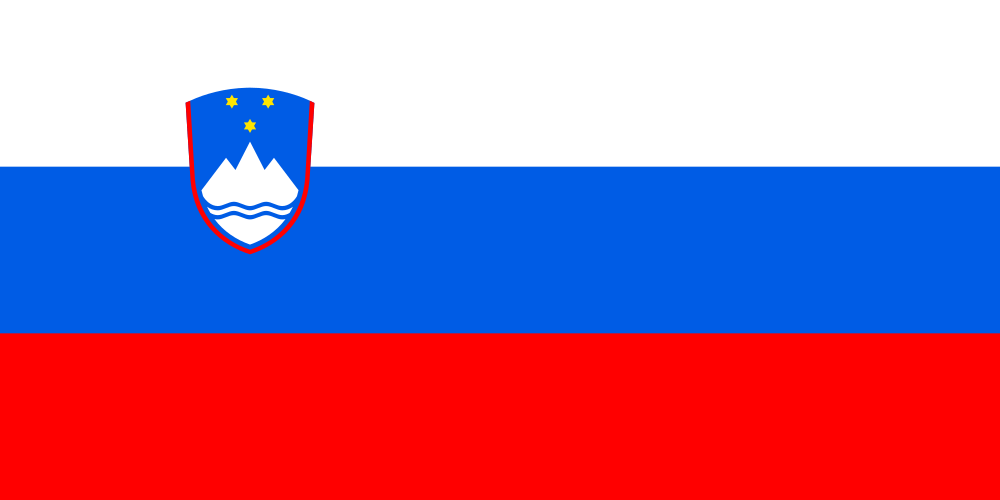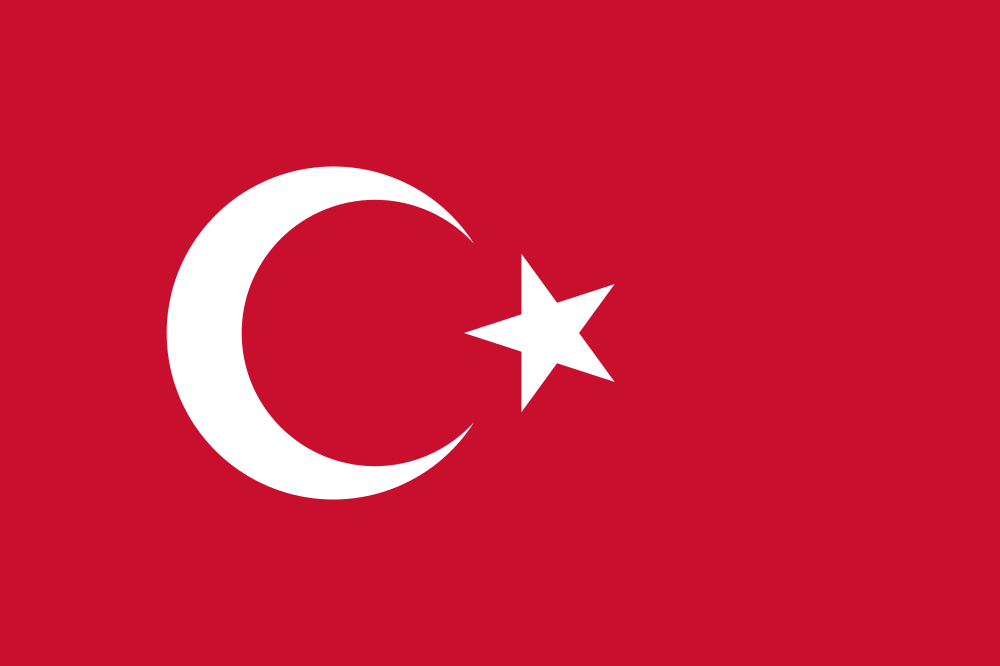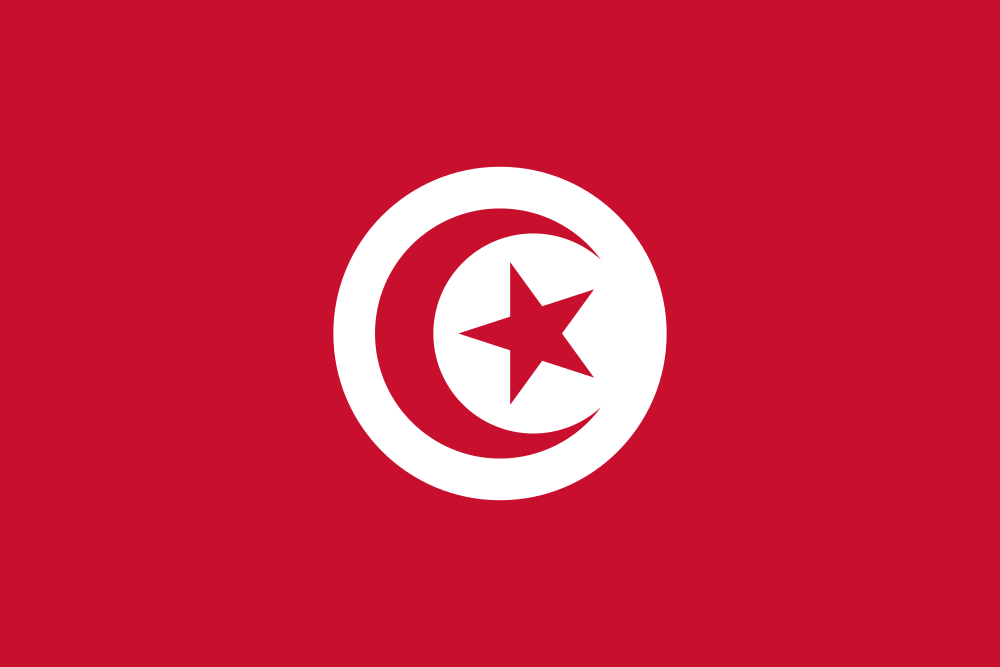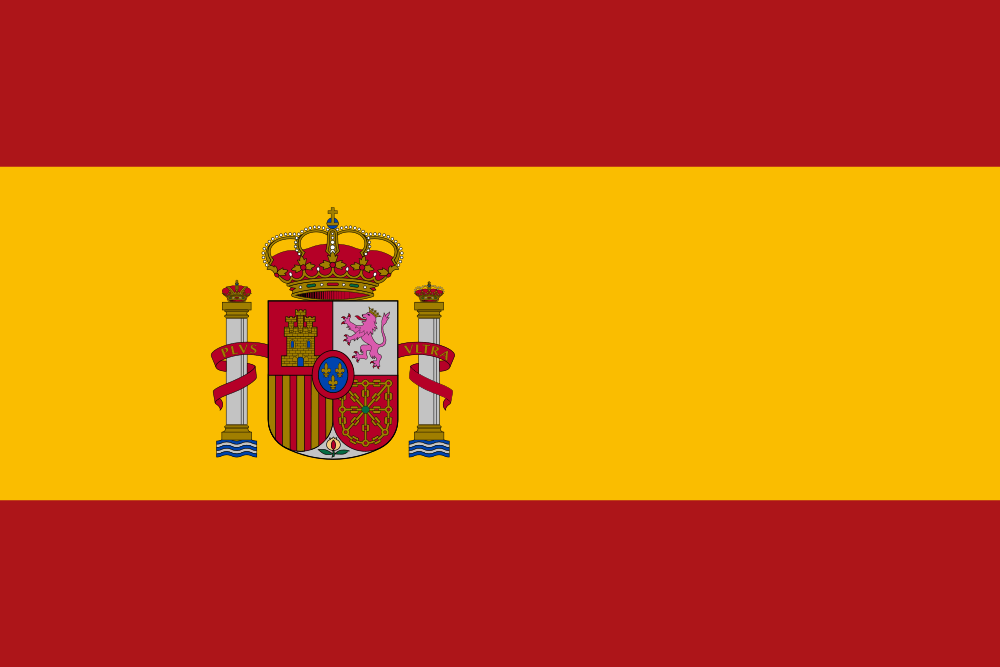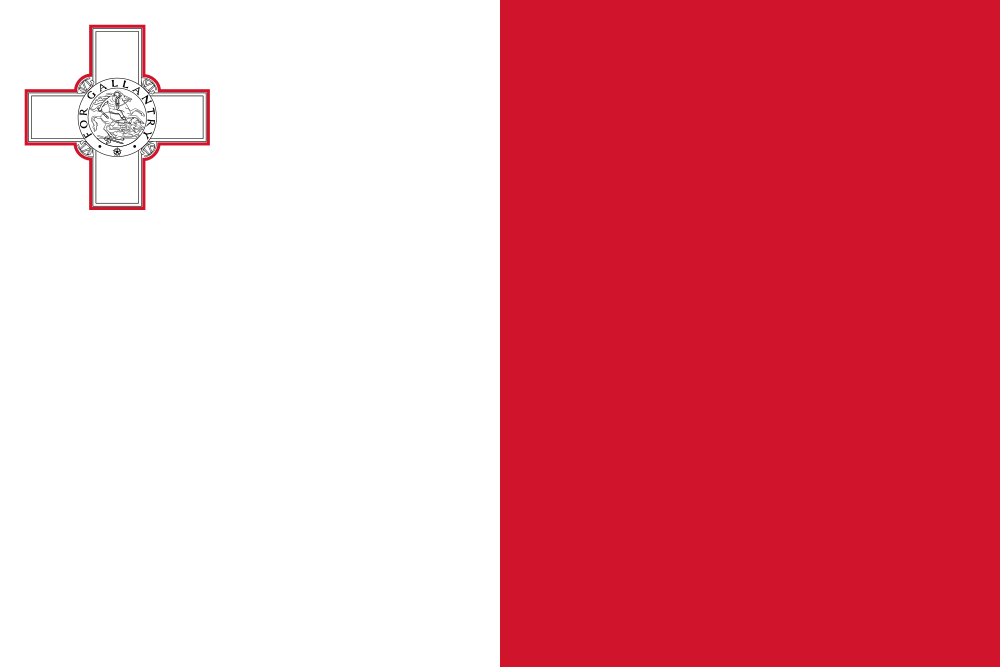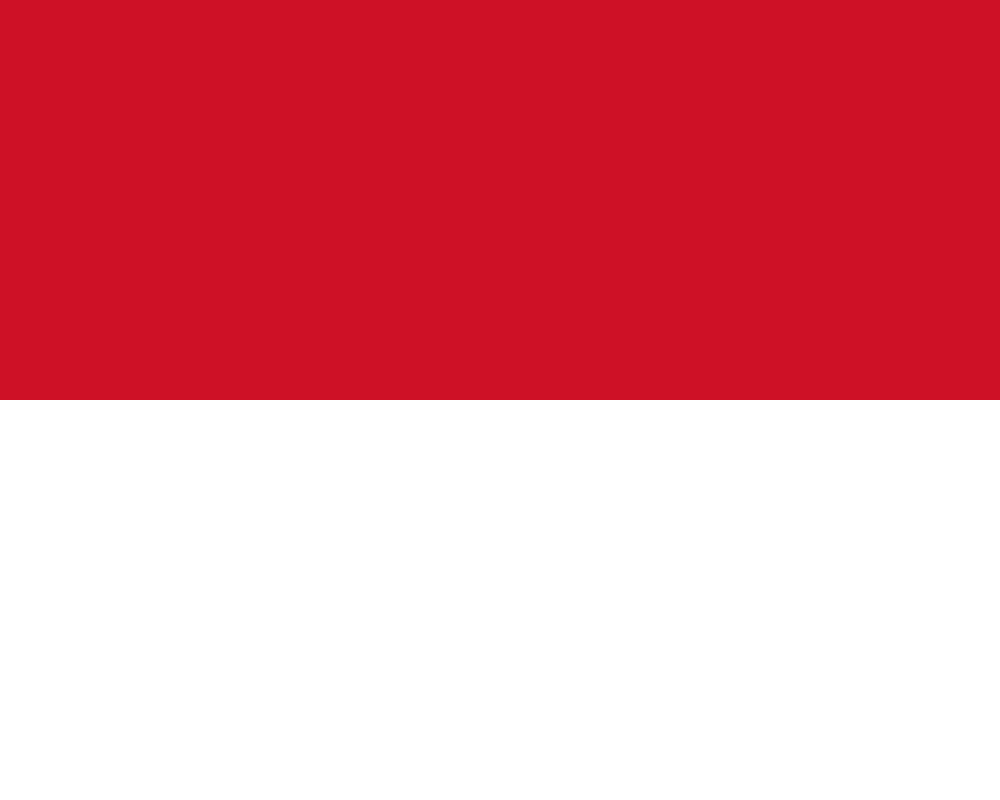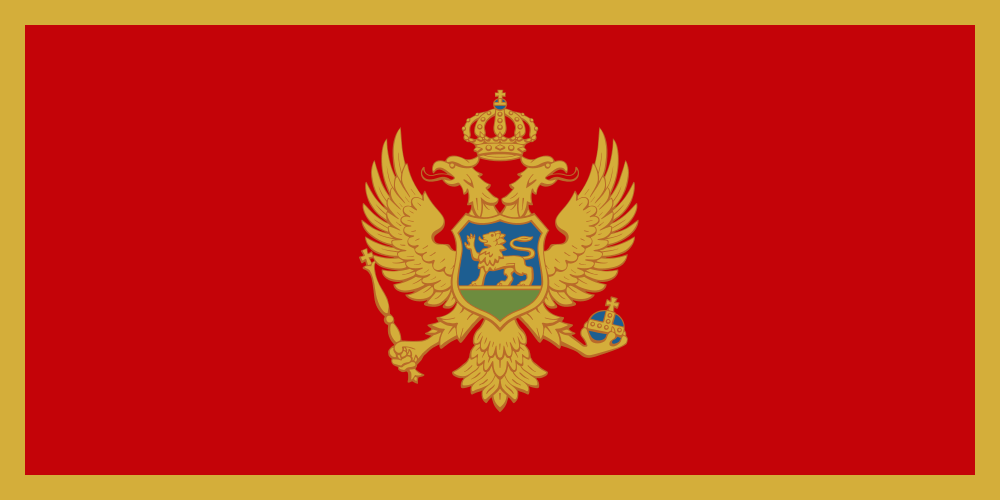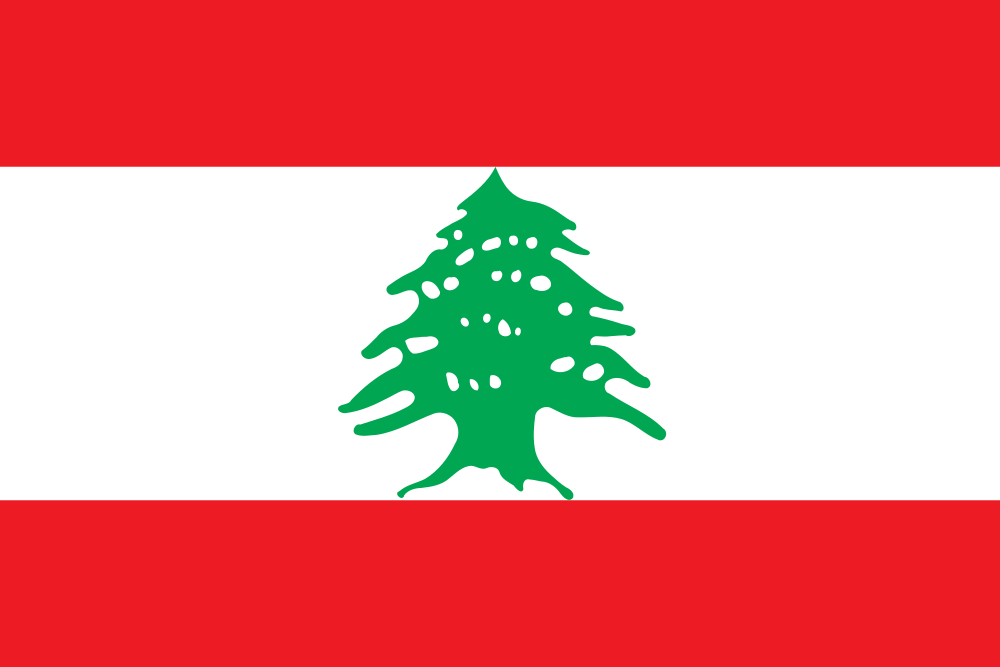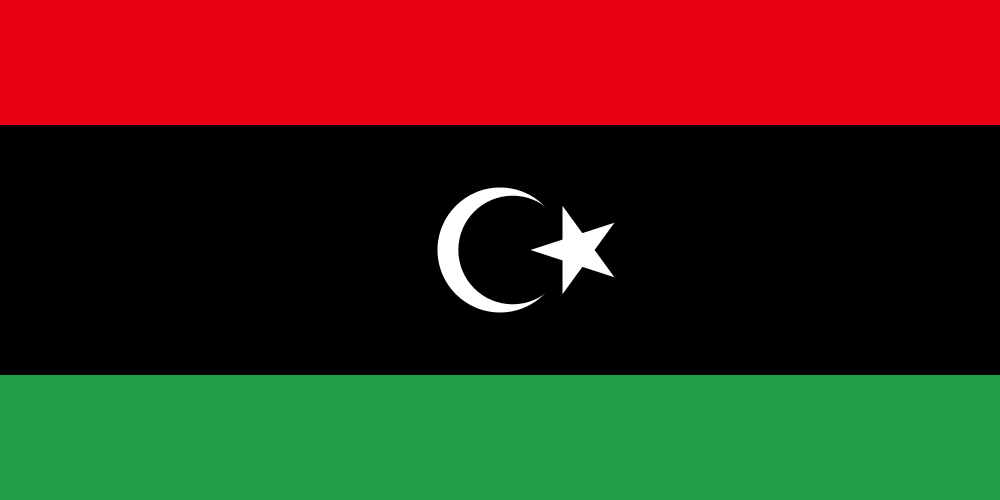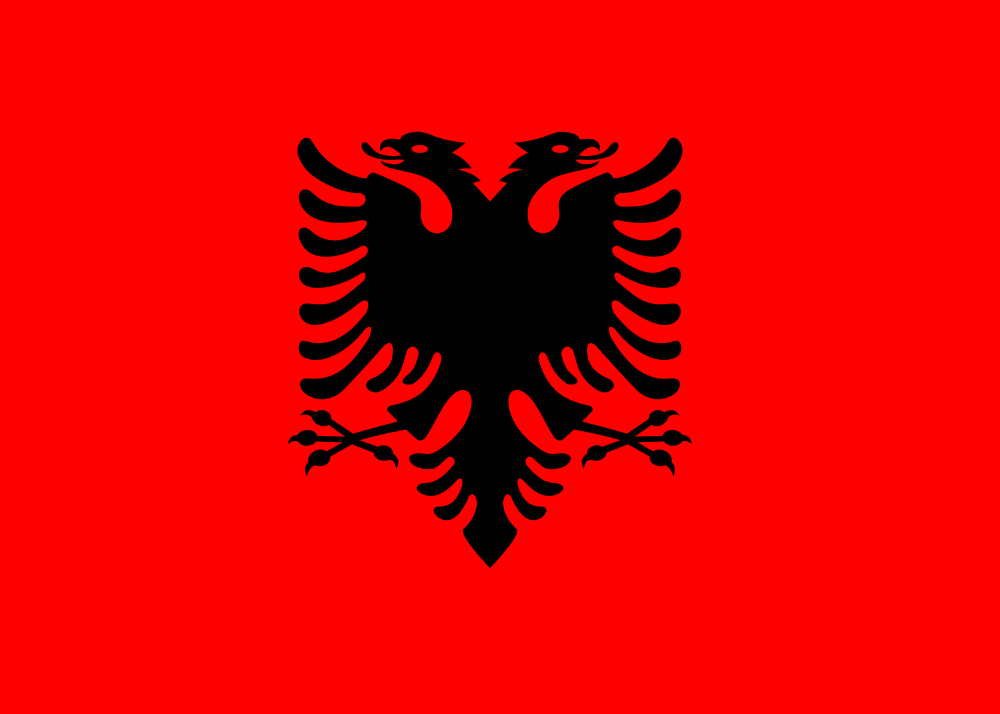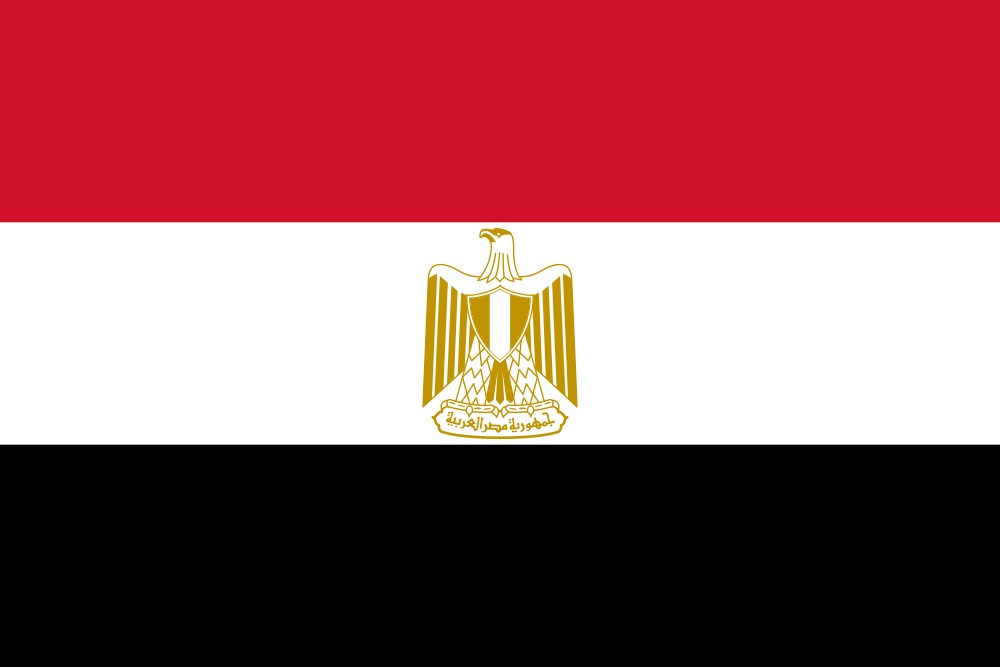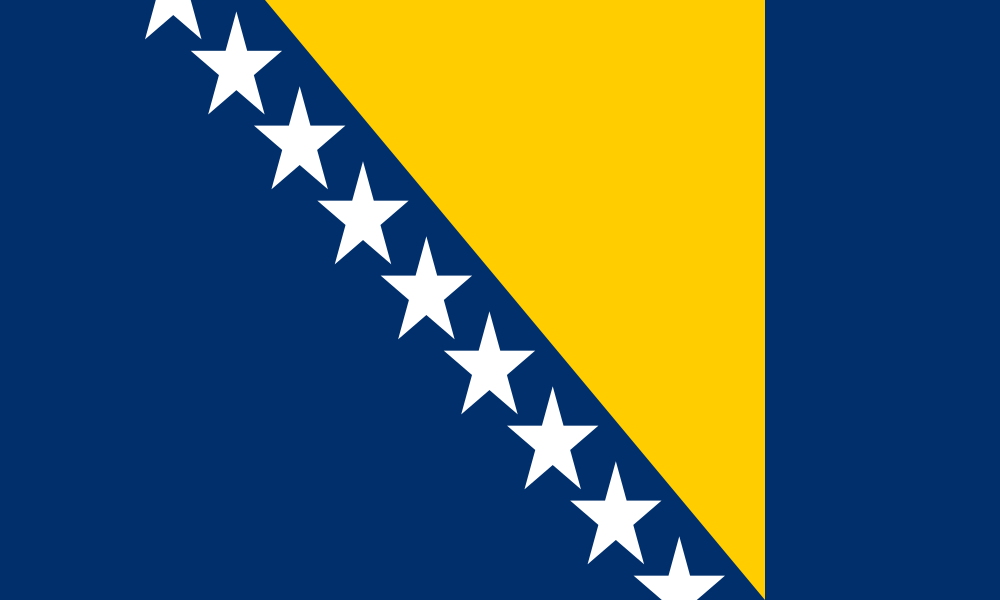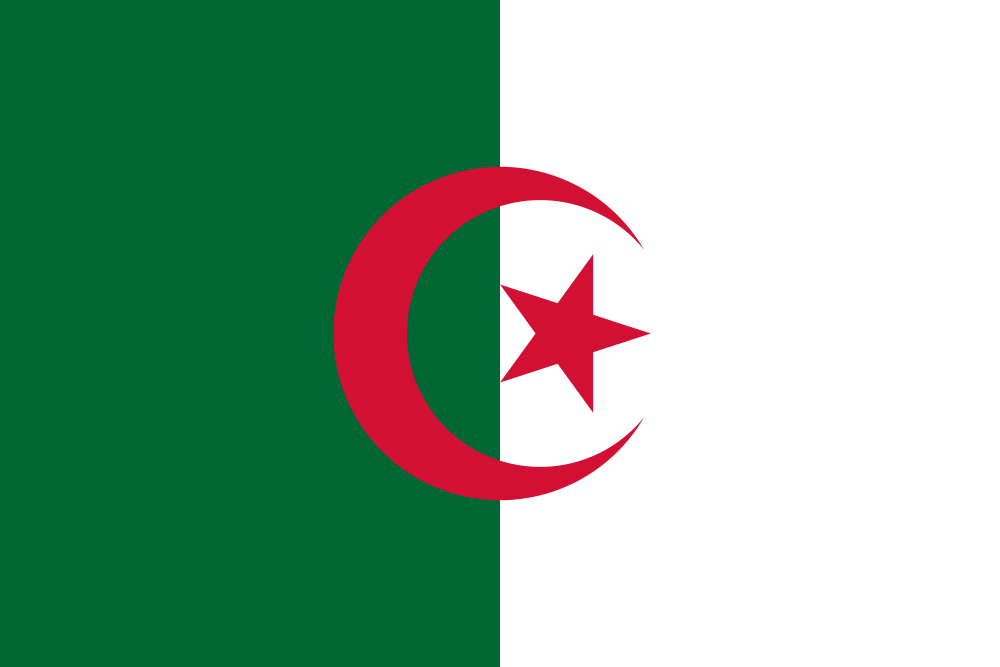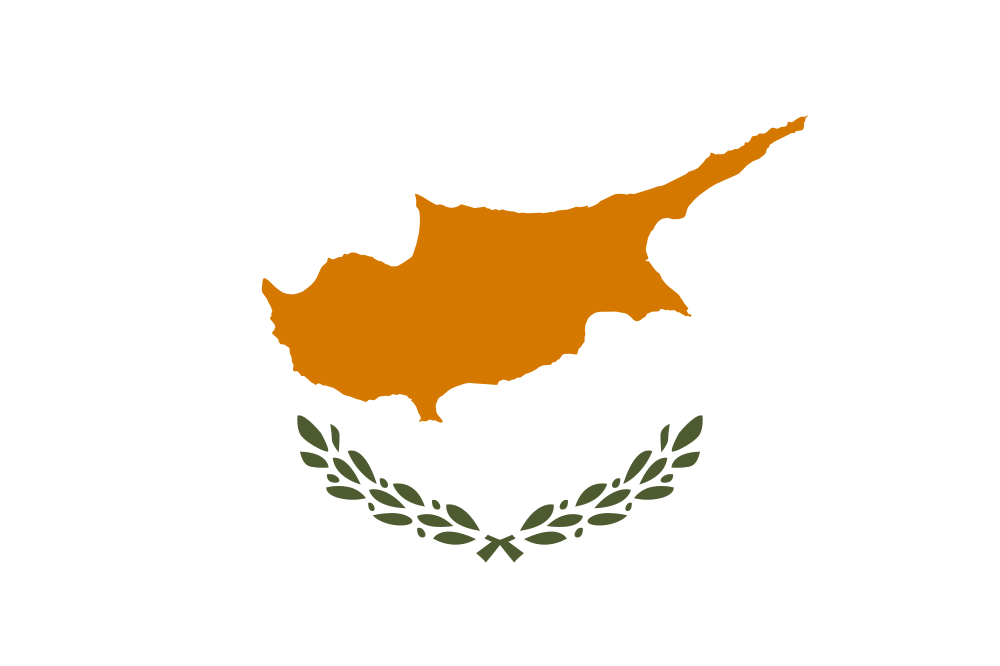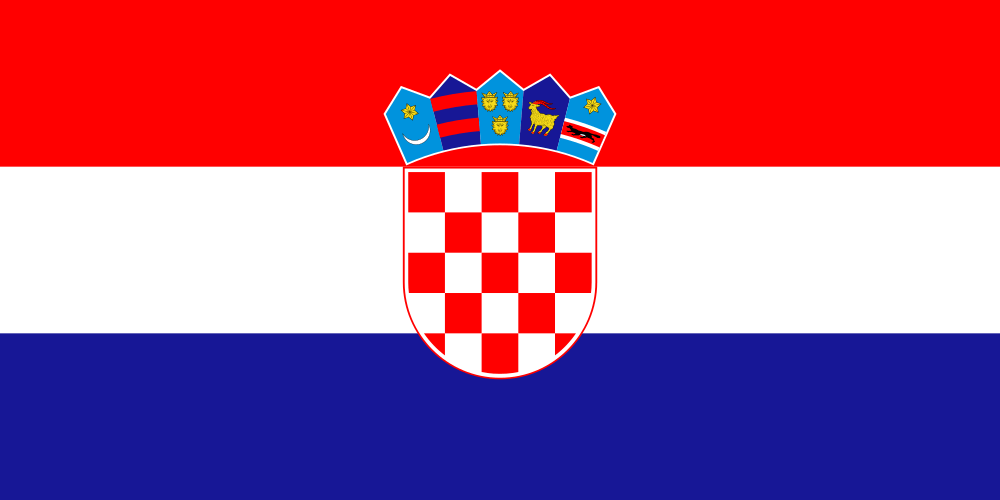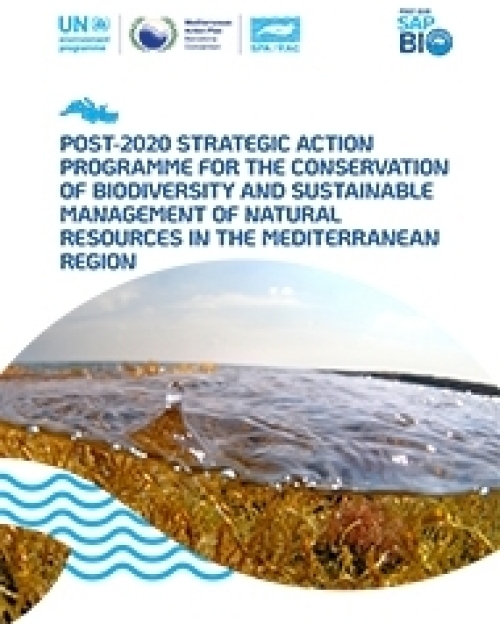Post-2020 Strategic Action Programme for the Conservation of Biodiversity and Sustainable Management of Natural Resources in the Mediterranean Region
The Barcelona Convention's Contracting Parties adopted the Strategic Action Programme for the Conservation of Biological Diversity in the Mediterranean region (SAPBIO) in 2003, with the aim of jointly conserving biodiversity and ensuring sustainable use of natural resources in the Mediterranean.
Taking stock of the progress achieved through the implementation of SAPBIO, the Contracting Parties assigned SPA/RAC to collaborate with countries and relevant organisations in a bottom-up participative approach, to elaborate a Post-2020 SAPBIO, as a tool to streamline available resources and other relevant initiatives. The Post-2020 SAPBIO was developed with special attention to aligning with the vision of the Post-2020 Global Biodiversity Framework, UN-SDGs, UNEP/MAP Strategies, including the MSSD 2016-2025 and the MAP/MTS (2022-2027), and other strategies and plans developed by Mediterranean organisations.
The elaboration process included national-level consultations to identify country priorities, challenges and needs, followed by the identification of common subregional issues and ways to address them. The results and outcomes were then compiled to define the vision, objectives, targets and required strategic actions to achieve the targets of the Post-2020 SAPBIO.
The below figure shows the different steps of this participative regional process.

The SAPBIO Advisory Committee members, representatives from International and Mediterranean regional bodies with technical and scientific expertise in relevant marine and coastal Mediterranean biodiversity fields, played a central role in coordinating efforts, harmonising programmes, and avoiding duplication between existing initiatives at the national and regional levels and the Post-2020 SAPBIO.
Despite differences in natural, socio-economic and governance factors among countries, the assessments conducted durung the Post-2020 SAPBIO elaboration revealed that gaps, needs, and challenges related to the conservation and sustainable use of Mediterranean biodiversity can be clustered into three categories:
- Addressing current pressures and threats by improving knowledge, in particular about the distribution and status of species and habitats, and fostering efforts to monitor trends of invasive alien species and pathways of their introduction, as well as the impacts of climate change and seawater acidification on sensitive habitats and species.
- Strengthening spatial protection measures through the enlargement of the Marine Protected Area (MPA) network and integrating Other Effective Area Based Conservation Measures (OECMs). In this context, the Mediterranean MPA network needs to be more representative of the Mediterranean Sea ecoregions, particularly extending to the Southern and Eastern coasts. Ecological corridors should also be set-up to allow species migration and to prevent genetic isolation, one of the causes of population decline.
- The need to mainstreaming biodiversity in other sectors is growing and should be an effective approach to address the underlying causes of biodiversity loss. Bridging various economic sectors, with biodiversity strategies and plans, calls for awareness raising efforts with decision-makers regarding the footprint of their respective sectors on biodiversity, as well as the potential benefits biodiversity and ecosystem services could offer them. It also requires capabilities, such as institutional strength and capacity, which are lacking today in many Mediterranean countries.
The Post-2020 SAPBIO is an action-oriented programme. It is structured around 42 Actions aimed at achieving 27 time-bound Targets selected according to high regional significance and relevance criteria in relation with the defined Goals which stem from the needs, gaps and challenges identified through the national, subregional, and regional assessments. They take into account the adopted or proposed Targets under relevant frameworks: CBD Framework, SDGs and those of other main biodiversity frameworks embracing the Mediterranean.
Through its Goals, the Post-2020 SAPBIO aims at starting, by 2030, to reverse the loss of biodiversity and put the Mediterranean marine and coastal biodiversity on the path to recovery for the benefit of nature and people.
Its desired vision is adapted to the Mediterranean context from the Post-2020 Global Biodiversity Framework: “By 2050, marine and coastal biodiversity is valued, conserved, restored and wisely used, maintaining ecosystem services, sustaining a healthy Mediterranean Sea and coast, and delivering benefits essential for nature and people”. In line with this Vision, the Post-2020 SAPBIO has three Goals defined to accurately capture the most critical needs of the Mediterranean:
- Goal 1: Reduce threats to biodiversity
- Goal 2: Ensure that biodiversity is preserved and maintained or enhanced in order to meet people’s needs
- Goal 3: Enable the necessary transformative change, putting in place tools and solutions for implementation and mainstreaming
The below figure presents the Post-2020 SAPBIO structure:

Upon adoption of the Post-2020 SAPBIO, the Contracting Parties to the Barcelona Convention invited relevant International Organisations, Funding Agencies, and the International Donor Community "to give due consideration to the priority actions of SAPBIO in programming supporting actions in the Mediterranean region". However, the implementation of the Post-2020 SAPBIO is primarily the responsibility of the Parties. To this end, they shall prepare or revise National Biodiversity Strategies and Action Plans by fully integrating the relevant elements of the Post-2020 SAPBIO.
SPA/RAC shall provide them with support, in close collaboration with relevant member organisations of the Post-2020 SAPBIO Advisory Committee, through technical cooperation, capacity building activities, and external resource mobilization.
Please visit the publications page to find all the publications produced in the framework of the Post-2020 SAPBIO.

